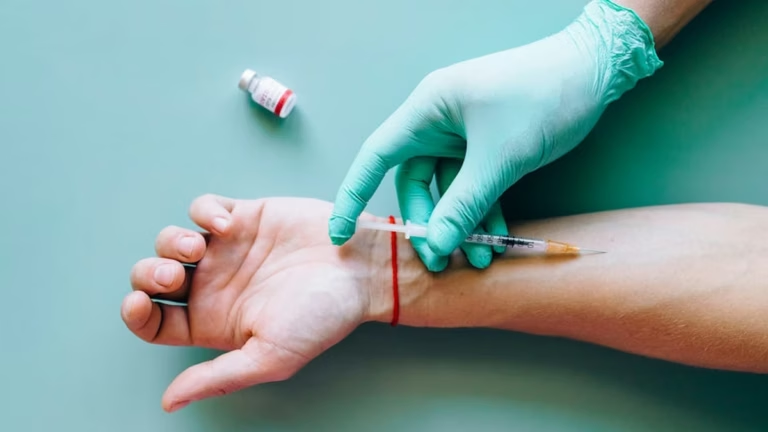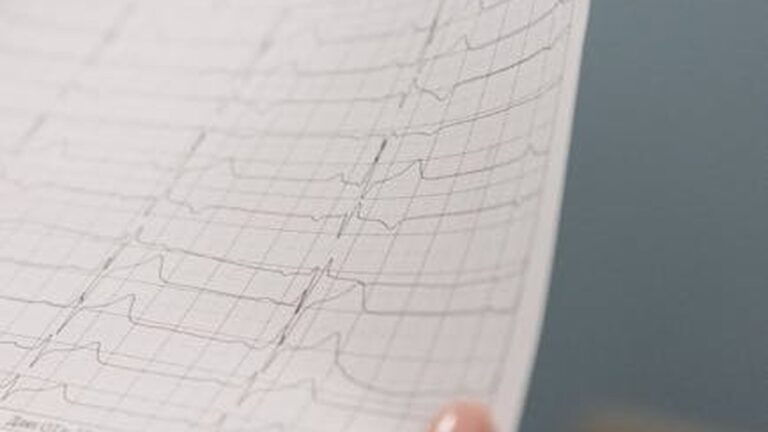Breast Cancer: Early Detection Saves Lives
October is Breast Cancer Awareness Month, a time dedicated to raising awareness about this prevalent disease and emphasizing the importance of early detection. Breast Cancer affects millions worldwide, and the key to improving outcomes lies in proactive measures. This isn’t just about wearing pink; it’s about understanding the risks, knowing the signs, and taking control of your health. This article provides crucial information on check-up reminders, screening methods, and resources available to help you stay informed and protected.
The Importance of Early Detection
Why is early detection so critical? The answer is simple: when breast cancer is found early, it’s often easier to treat and cure. Smaller tumors are less likely to have spread to other parts of the body, making treatment options more effective. Statistics show that the 5-year survival rate for localized breast cancer (cancer that hasn’t spread) is significantly higher than for cancers diagnosed at a later stage. Early detection truly saves lives.
Consider this: a study published in the Journal of Clinical Oncology demonstrated that women diagnosed with stage 0 or stage I breast cancer have a nearly 100% 5-year survival rate. This highlights the profound impact of finding breast cancer in its earliest stages.
Understanding Your Risk Factors
While early detection is vital for everyone, understanding your individual risk factors can help you and your healthcare provider determine the most appropriate screening schedule. Some risk factors for breast cancer include:
- Age: The risk of breast cancer increases with age.
- Family history: Having a close relative (mother, sister, daughter) who has had breast cancer increases your risk.
- Genetics: Certain gene mutations, such as BRCA1 and BRCA2, significantly increase the risk.
- Personal history: Having had breast cancer in one breast increases the risk of developing it in the other.
- Lifestyle factors: Obesity, lack of physical activity, and excessive alcohol consumption can increase risk.
- Hormone therapy: Long-term use of hormone replacement therapy may increase risk.
It’s important to discuss your individual risk factors with your doctor to develop a personalized screening plan.
Breast Cancer Screening Methods
Several screening methods are available to detect breast cancer early. These include:
Mammogram Screening
A mammogram is an X-ray of the breast and is the most effective screening tool for detecting breast cancer early. It can often detect tumors before they can be felt during a physical exam. The American Cancer Society recommends that women at average risk begin annual mammograms at age 45, with the option to start as early as age 40. Discuss the best age to start screening with your doctor.
Clinical Breast Exam
A clinical breast exam is performed by a healthcare professional who physically examines the breasts for lumps or other abnormalities. While not as sensitive as a mammogram, it can still be a valuable part of early detection, especially for younger women. Your doctor should perform a clinical breast exam as part of your regular check-up.
Breast Self-Exam
Performing regular breast self-exams can help you become familiar with the normal look and feel of your breasts, making it easier to detect any changes. While breast self-exams are no longer recommended as a primary screening tool, being breast aware is still important. If you notice any new lumps, changes in size or shape, skin dimpling, nipple discharge, or any other unusual changes, see your doctor promptly.
Here’s how to perform a breast self-exam:
- Stand in front of a mirror and visually inspect your breasts for any changes in size, shape, or color.
- Raise your arms and repeat the visual inspection.
- Lie down and use your fingers to feel for lumps or thickening in your breasts.
- Use a circular motion, covering the entire breast, from the nipple to the armpit.
- Repeat the process while standing or sitting.
MRI (Magnetic Resonance Imaging)
MRI is a more sensitive imaging technique that can be used to screen women at high risk for breast cancer, such as those with BRCA1 or BRCA2 gene mutations. It’s typically used in conjunction with mammograms.
Check-Up Reminders and Scheduling
Don’t wait until October to think about breast cancer screening. Make it a priority to schedule your annual mammogram and clinical breast exam. Here are some helpful reminders:
- Mark your calendar: Schedule your appointments well in advance to ensure you get the date and time that works best for you.
- Set reminders: Use your phone or calendar to set reminders for your appointments.
- Talk to your doctor: Discuss your risk factors and screening options with your doctor.
- Know your insurance coverage: Understand what your insurance covers regarding breast cancer screening.
- Encourage others: Remind your friends and family members to schedule their screenings as well.
Available Breast Cancer Resources
Numerous organizations offer support, information, and resources for individuals affected by breast cancer. Some of these include:
- American Cancer Society: Provides information, support, and resources for breast cancer patients and their families.
- National Breast Cancer Foundation: Offers screening, education, and support services.
- Susan G. Komen: Funds research and provides support for breast cancer patients.
- Breastcancer.org: Offers comprehensive information about breast cancer, including diagnosis, treatment, and support.
These organizations can provide valuable assistance in navigating the complexities of breast cancer.
References
-
Centers for Disease Control and Prevention (CDC)
– Leading national public health institute of the United States. -
World Health Organization (WHO)
– Global authority on international public health. -
Mayo Clinic Healthy Lifestyle
– Evidence-based health advice from medical experts.
Conclusion
Breast Cancer Awareness Month is a powerful reminder of the importance of early detection. By understanding your risk factors, scheduling regular screenings, and utilizing available resources, you can take proactive steps to protect your health. Early detection truly saves lives, and by working together, we can make a difference in the fight against breast cancer. Schedule your check-up today and encourage your loved ones to do the same. Let’s make this October a month of action, awareness, and hope.






